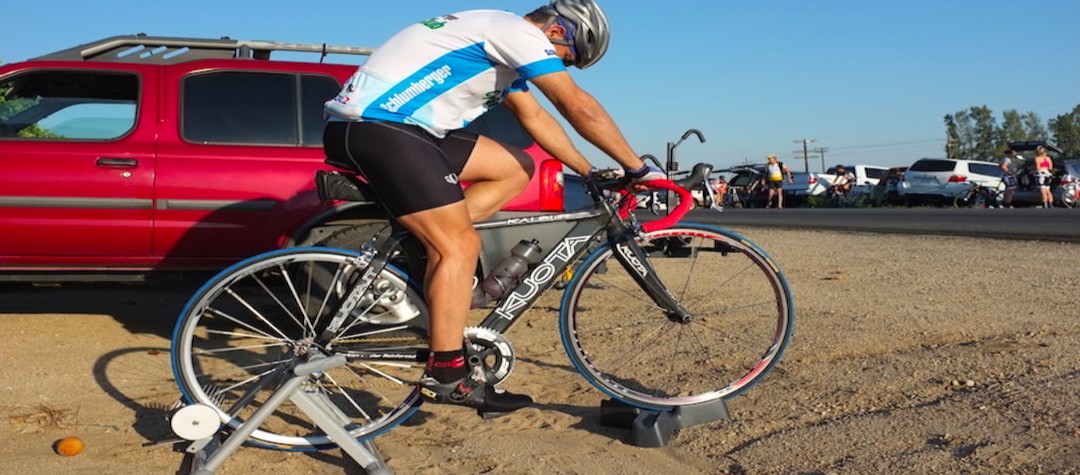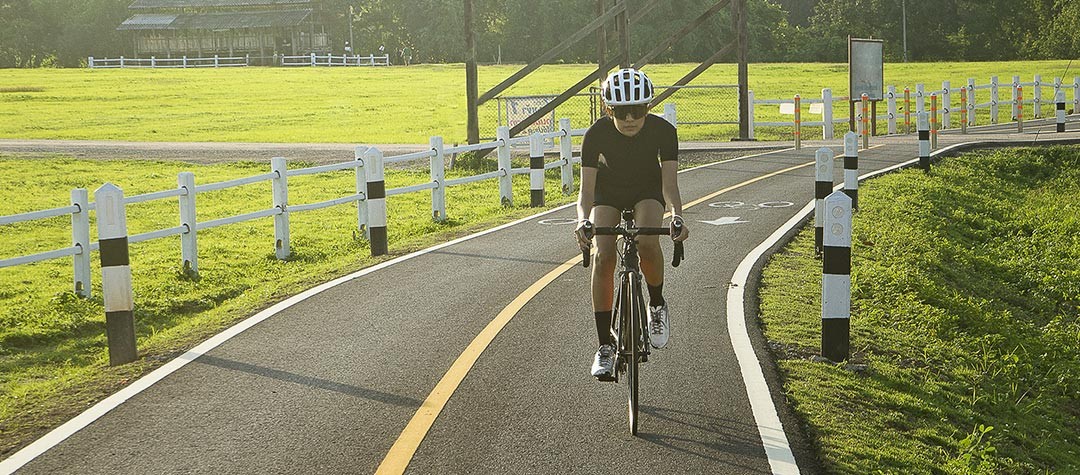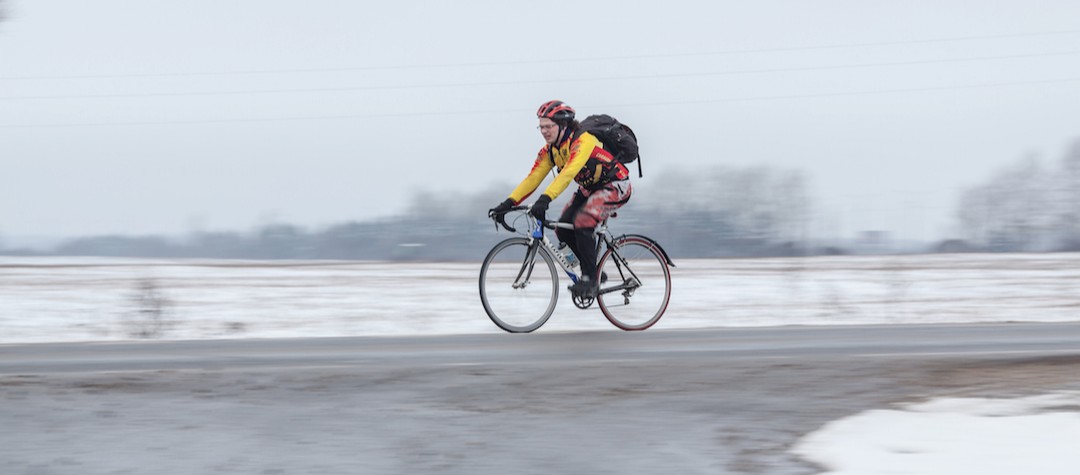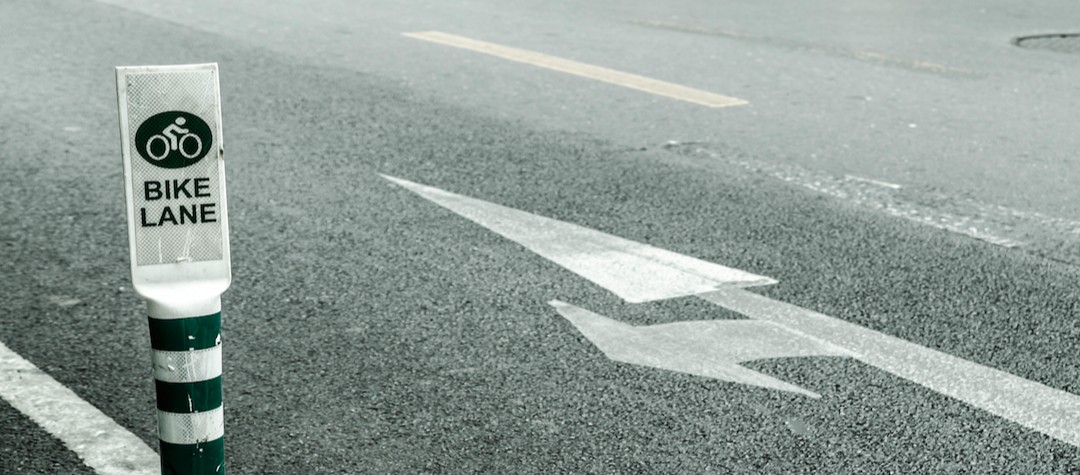Suggested turbo training sessions with all the kit and preparation you need to start turbo training
I'll be honest with you, turbo training is generally very hard work and at times can be a bit unpleasant. Look, I know I don't appear to selling it to you particularly well, but actually it can be of immense benefit, especially if you are limited for time or simply don't want to ride in the dark or icy cold and potentially hazardous weather. Not to mention helping you fine-tune and complement your road training.
For most of my racing career I actually trained around full time jobs meaning that my time as a commodity was precious and subsequently the time I did allocate to train needed to be used wisely; a matter of quality over quantity. And this is where turbo training came into its own, especially during the winter months and at the start of the racing season. In fact even during the season I used the turbo on average twice a week. Yes, it was psychologically challenging, but once you see the benefits in increased performance for a comparatively modest investment in time, it was more than worth it.
The turbo training kit
First up the hardware itself: there are more models available than ever with prices to suit most budgets. The more you pay the more refined the engineering will be as well as added features. It's up to you what you go for but to put it in perspective I used a very old fan resistance model that worked a treat, although it was a bit noisy. Hence my training in the garage!
There are four model types all using different methods of resistance:
1. Fan
An older technology using a fan on the flywheel that creates resistance the harder you pedal. Very loud but, if you can find one, the cheapest option.
2. Magnetic
The resistance on this can generally be altered manually and they work with a metal plate inside the unit itself which creates a magnetic field.
3. Fluid/Oil
The resistance on this type of trainer is created by a paddle that revolves through the thick liquid on a flywheel contained within the unit. The harder you pedal the more resistance that‘s created. They are very quiet and smooth but pricier.
4. Direct Drive
This type of trainer is becoming increasingly popular as they dispense with the need to use a back wheel and the cost of wearing out your back tyre. They work by attaching your rear triangle and drive train to a cassette on the turbo itself. These do tend to be the most expensive of the bunch.
Whatever your budget or choice they all offer one thing; the ability to ride in a controlled, safe environment. What happens next is up to you but with all the distractions of the road eliminated you can concentrate on the job at hand. The turbo provides a very pure, distilled form of training.
Setting up your turbo
Because of the immense amount of heat that is built up as you ride, it’s essential that you set up the turbo in an area that is well ventilated. A garage with partially open doors is ideal (my favourite from days gone by) a garden patio or training in the kitchen with the windows open are also good options. Just make sure the surface is flat and even and the turbo (and your bike) are balanced and straight.
I drape a towel over my handlebars to catch sweat, as well as ensuring I have plenty of fluids to hand, normally one on my bike and another close by. Investing in a good fan to cool you is a must if you can’t set up outside or near an open door. If you’ve never done a turbo session then prepare to sweat like never before.
Suggested turbo sessions
Like any form of training ideally your turbo sessions should be planned and specific to your goals.
If you are short on time and need to stack in the miles for a sportive
For example, try a 45 minute session involving a 5 minute warm up (always, always do a warm up!) before doing 3 x 10 minute efforts at a pace that is uncomfortable but sustainable with a 2 minute rest in between each interval when you just spin the legs. Riding at a higher pace and effort than you intend to in the sportive is a far more effective use of your limited time than riding steady. Like I said before, it’s painful but worthwhile and I can guarantee you will see the benefits. These sessions, although short, will definitely help improve your endurance.
If you are looking to improve your sprinting ability or ride faster
Try doing a session(s) involving short, intense sprint intervals of 10 seconds followed by a minute’s rest before going again. Try 3 sets of 5 x 10 second sprints with a 10 minute recovery involving riding easy in between each set.
You can of course tailor the sessions depending on your aims. Just ensure that when you throw your leg over the bike you know exactly what you are going to be doing. Make that 45 minutes count! Monitor, measure and record your sessions too, detailing the structure of the session so you can chart your progress.
Tip: Use music to help fire you up! All of my turbo sessions are carried out with the aid of tunes that help break up the monotony and add extra motivation. A playlist of your favourite rock and pop tracks will assist you no end…














